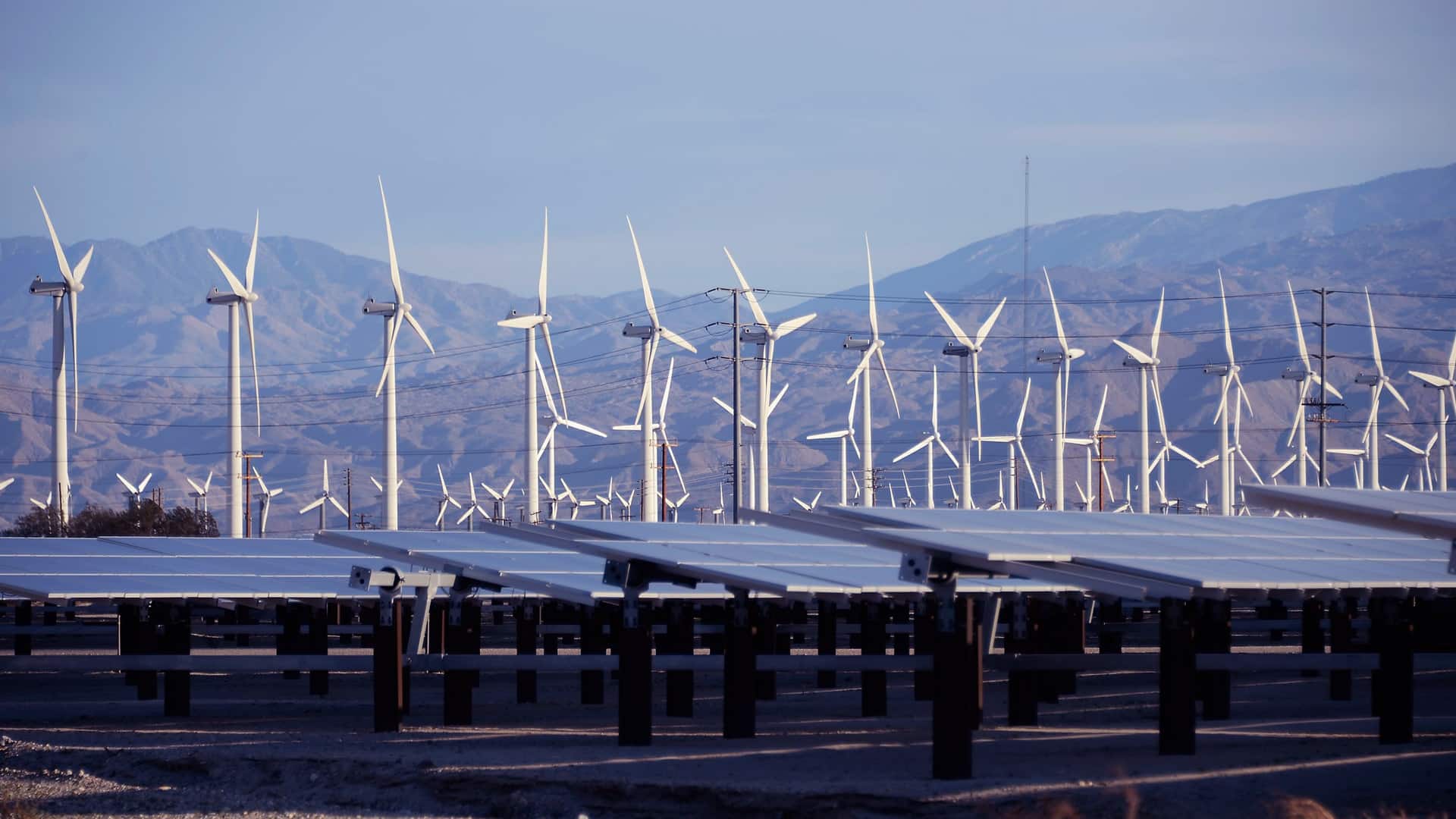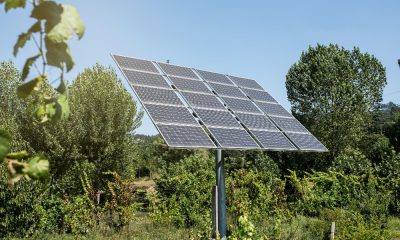Business
ONGC, partners to splash USD 6.2 bn on green energy projects
India’s top oil explorer ONGC and its partners will invest USD 6.2 billion (Rs 50,000 crore) in green energy projects to produce carbon-free hydrogen and green ammonia as part of an ambitious decarbonization drive, officials said. State-owned Oil and Natural Gas Corporation (ONGC) has signed a pact with Greenko, one of India’s largest renewable energy companies, to form a 50:50 joint venture for green energy projects.
The JV will set up 5.5-7 gigawatts (GW) of solar and wind power projects, and use electricity generated from such plants to split water in an electrolyzer to produce green hydrogen, which in turn would be used for manufacturing green ammonia, they said. The renewable plants together with Greenko’s pump storage power generation system will give 1.4 GW of round-the-clock (RTC) electricity that would be used to produce 0.18 million tonne of green hydrogen per annum (about 20 kg per hour).
Also read: Semiconductor shortage issue is easing: Tata Motors Group CFO
This hydrogen will be mixed with nitrogen to produce 1 million tonne per annum of green ammonia, which in the initial years will be exported to Europe, Japan and Korea and used within the country when the market develops, they said. Officials said the renewable energy component of the chain would cost about USD 5 billion while the hydrogen and ammonia plant will cost USD 1.2 billion. ONGC is looking to set up the hydrogen and ammonia plants, which are likely to start production in 2026, on the west coast, preferably near Mangalore, where it has an oil refinery.
In case the land is not available, the project may shift to Gujarat, they said. ONGC, the nation’s biggest producer of crude oil and natural gas, joins the likes of Reliance Industries Ltd and the Adani group in chasing carbon-free hydrogen. The two private groups have announced multi-billion projects as part of India’s net-zero goals. While hydrogen is the cleanest known fuel with zero carbon emission, it is difficult to transport and a vast majority of its production globally is used in-situ (onsite).
And for these reasons, ONGC is looking at manufacturing green ammonia from hydrogen. Ammonia, which is widely used as a fertilizer, can easily be shipped. The production cost of green ammonia is high, and so its usage in India will be limited to begin with. In countries like Japan and Korea, the law provides for use of a certain percentage of green ammonia and so they can be a natural market. Green ammonia can also be used as a marine fuel.
Globally, hydrogen is seen as a decarbonization fuel as it can replace polluting fossil fuels. India is targeting the production of 5 million tonne of green hydrogen per annum by 2030. Hydrogen is the lightest and most abundant element in the universe, but it barely exists in a pure form. Instead, it is abundant in chemical compounds, most notably bonded with oxygen in water or carbon to form hydrocarbons like fossil fuels.
For that reason, hydrogen is not considered an energy source but an energy carrier or vector. Once separated from other elements, hydrogen’s utility increases: it can be converted into electricity through fuel cells, it can be combusted to produce heat or power without emitting carbon dioxide, used as a chemical feedstock, or as a reducing agent to reduce iron ores to pure iron for steel production.
“Transporting hydrogen is an issue and so it is consumed in-situ,” one of the officials said. “And so green ammonia makes sense for us. We have ready availability of nitrogen.” Globally, around 85 per cent of hydrogen is captive, produced and consumed on-site, mainly at petroleum refineries. Most of the hydrogen currently produced in India is either grey (produced from fossil fuel) or blue (produced from natural gas with the carbon dioxide by-product being captured and stored).
Green hydrogen is made using electrolysis powered by renewable energy to split water molecules into oxygen and hydrogen, creating an emissions-free fuel. Fossil-based hydrogen currently costs about USD 1.80 per kilogram, while the cost of blue hydrogen, which is produced using natural gas and carbon capture, is estimated to be about USD 2.40 per kilogram. Green hydrogen costs USD 3-4.












































Pingback: HUDCO to raise up to Rs 22,000 crore via bonds